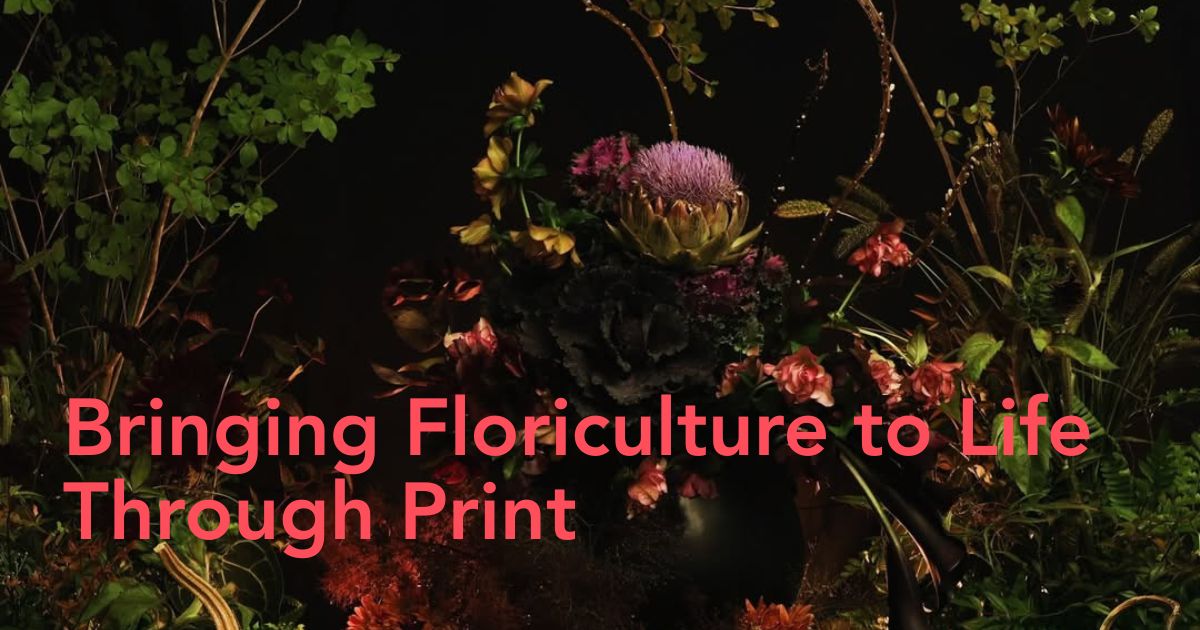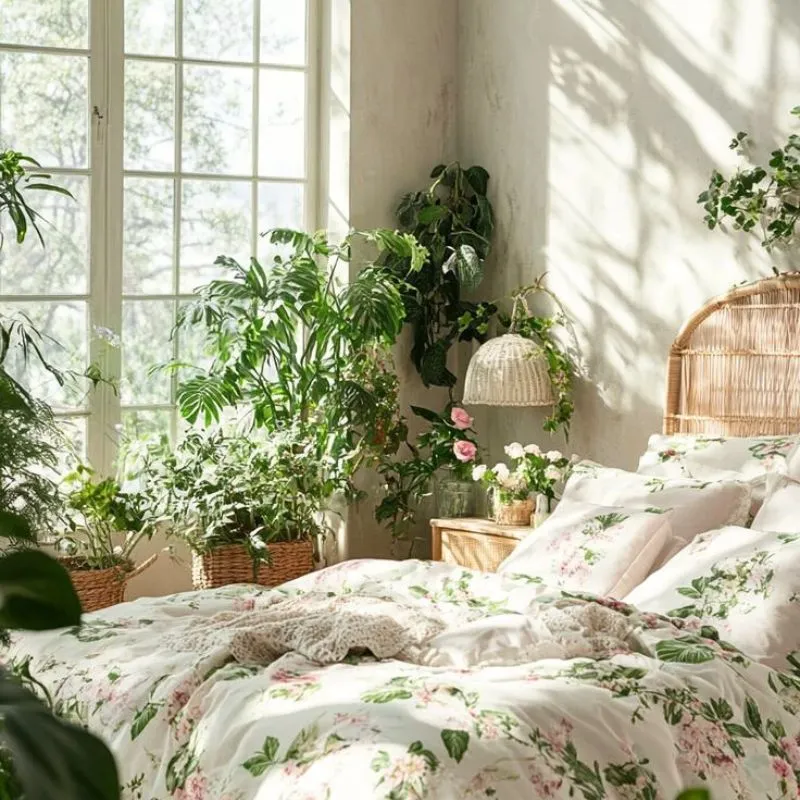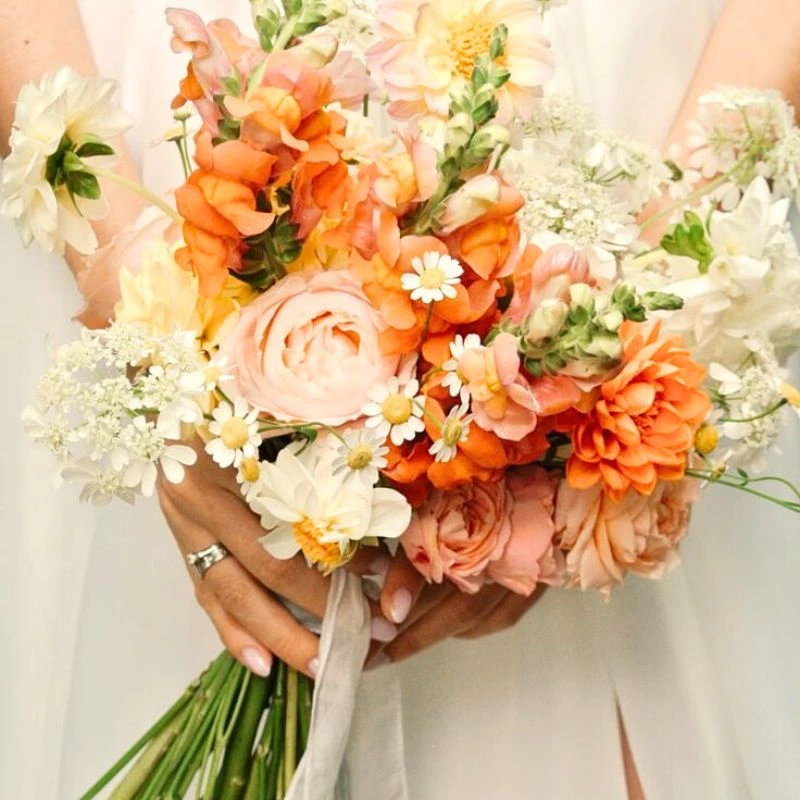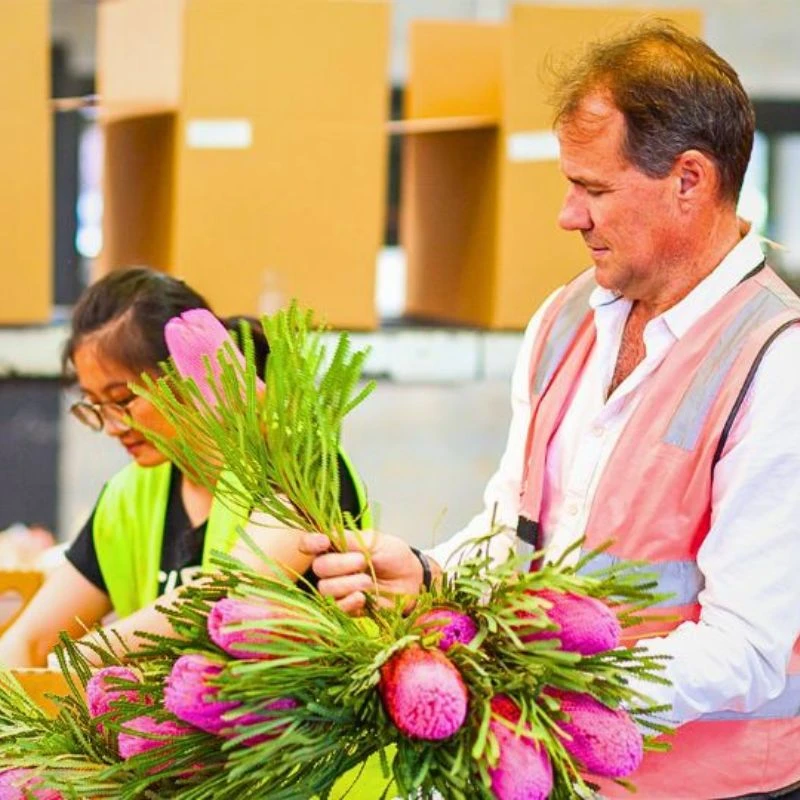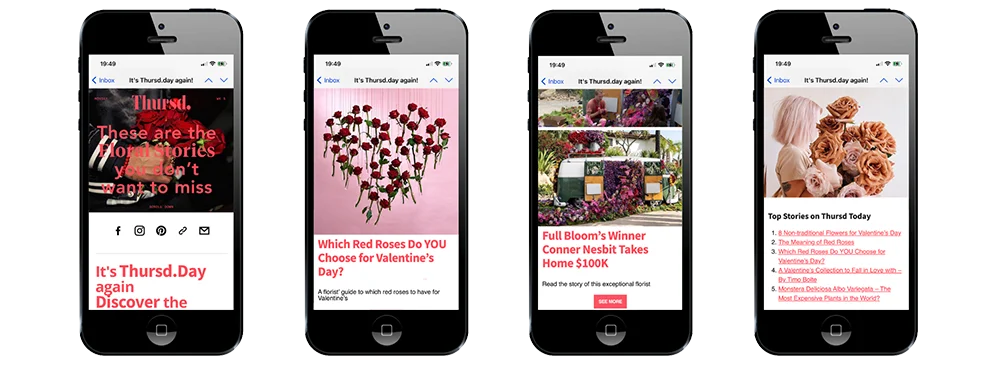What if the flowers nurtured in your greenhouse could tell their story beyond the rows of petals and leaves? Printed catalogs and booklets give life to that story, turning a collection into something people can hold, see, and remember.
In an era when digital visuals come and go, print offers permanence, a sensory experience that matches the tactile nature of floriculture itself. It allows growers, florists, and designers to express their work through texture, color, and composition in a way that no screen can replicate. The result isn’t just marketing. It’s a living showcase of artistry and identity.
You can find more knowledge here: How to Build and Protect Your Brand in Floriculture?
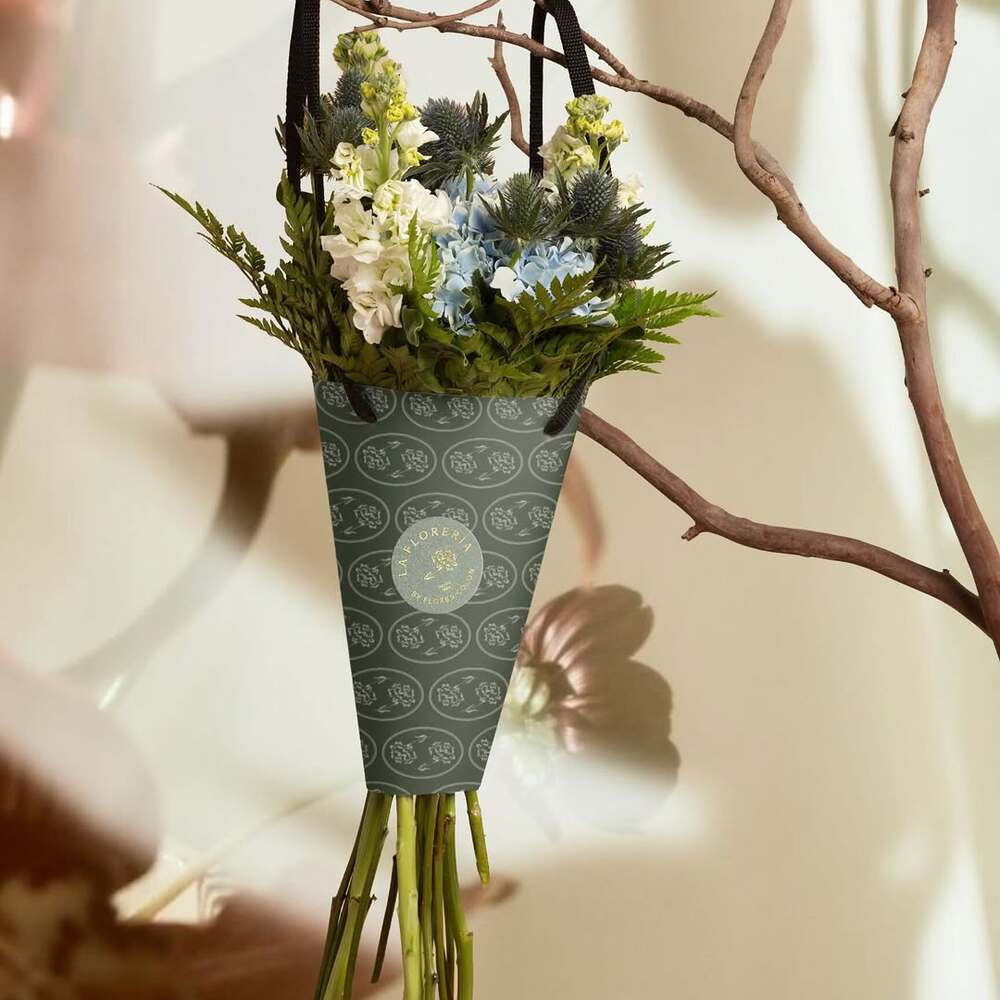
Why Print Still Has a Place in a Digital World
There’s something powerful about holding a printed catalog in your hands. The weight of the paper, the texture, and the vivid colors that almost lift off the page. While digital screens can display images instantly, they can’t replace the physical presence of a beautifully printed piece.
In an industry defined by beauty and emotion, print gives flowers the respect they deserve. It invites the viewer to slow down, turn the page, and experience each bloom with focus rather than a quick scroll.
For florists, growers, and wholesalers, print is still one of the most effective ways to make a lasting impression. Catalogs and brochures often become reference pieces for buyers, distributors, and event planners who prefer something tangible.
Studies have shown that people remember information from print better than from screens, and that’s a clear advantage when you want your flower varieties or seasonal collections to stay top of mind. Print works precisely because it feels more personal, grounded, and real.
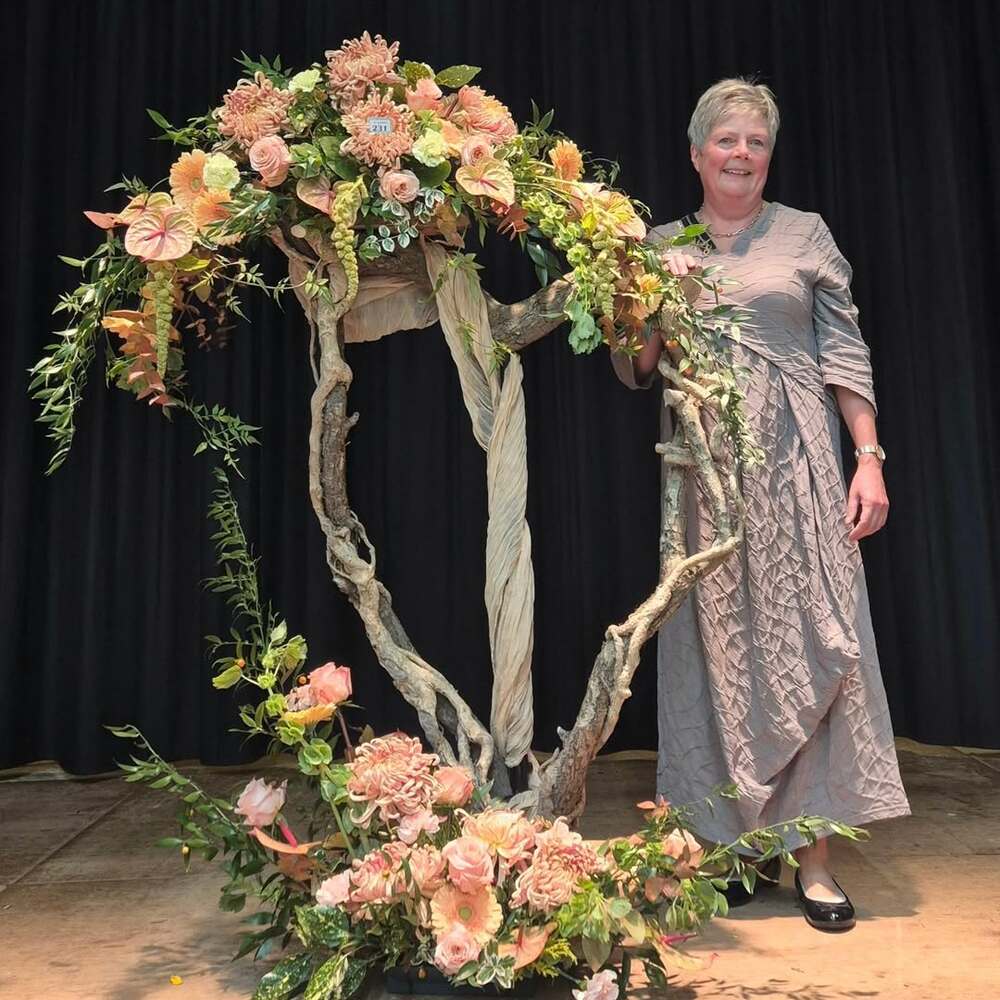
Capturing Nature’s Personality Through Photography
A flower catalog’s success begins with photography that brings nature’s beauty to life. Every stem, petal, and hue tells a story, and how it’s captured determines whether the emotion comes through.
Natural light is often the best ally. It reveals the truest shades and textures without the flatness that artificial lighting can create. Close-up shots can highlight delicate details like petal veining or dew drops, while wide shots can convey the mood of an entire greenhouse or garden in bloom.
Consistency is key. Using similar lighting, background tones, and angles across all images creates a unified and professional look. It also reinforces your brand identity. Viewers recognize your work even before reading the name.
Beyond showcasing flowers, include photos that show process and people, like hands arranging a bouquet, the morning light over a greenhouse, or the first cut of the season. Those moments make the imagery feel authentic and emotionally connected, transforming your catalog into a visual story rather than a simple showcase.
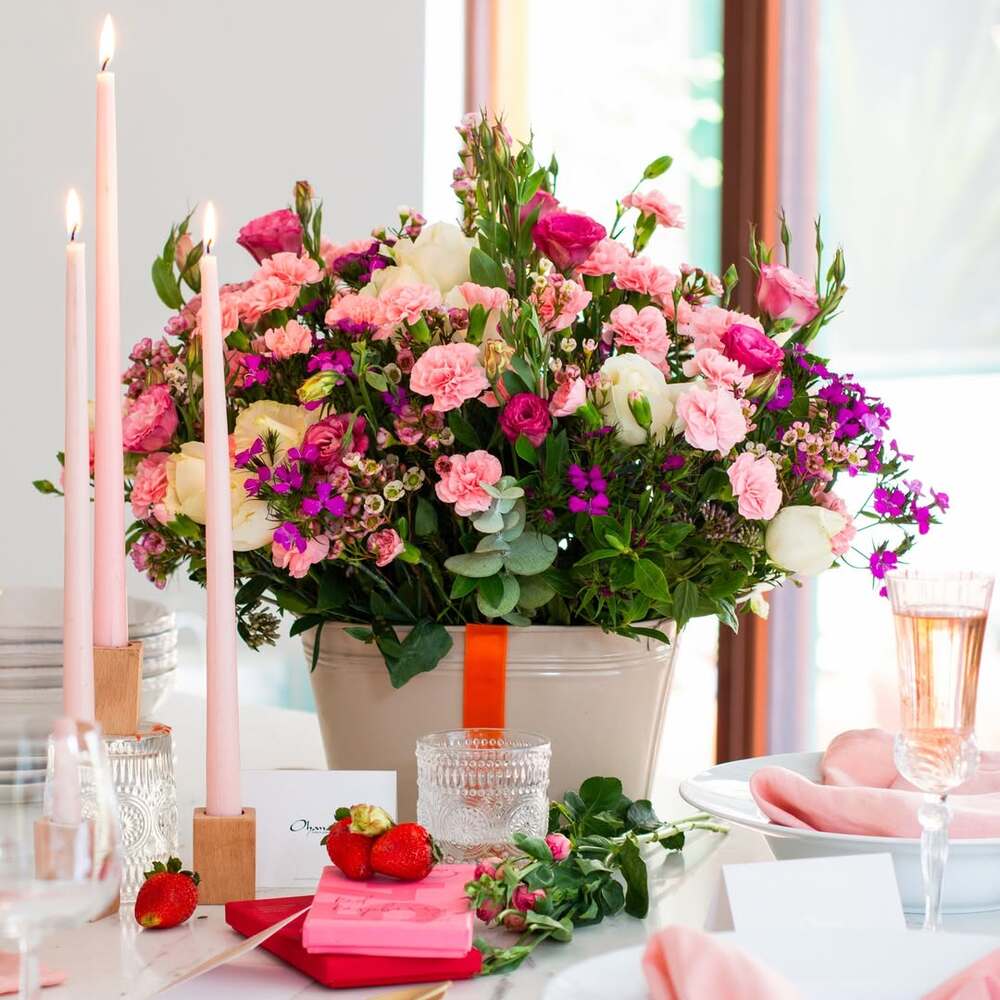
Designing Pages That Feel Like a Journey, Not Just a Catalog
The way your catalog is laid out can make the difference between something that’s browsed and something that’s remembered. Clean design with plenty of breathing room lets the flowers do the talking.
When layouts are crowded with text or overly decorative backgrounds, the visuals lose impact. Using generous white space, clear typography, and subtle color accents creates a sense of balance and sophistication. It mirrors the calm precision that goes into arranging flowers themselves.
Think of the catalog as a guided walk through a greenhouse. Each page should feel like moving from one area to the next. Bright seasonal blooms leading to muted foliage, or structured arrangements following natural wildflowers.
A consistent rhythm helps readers stay engaged and curious about what comes next. Even small details like where the eye naturally lands or how color flows across spreads can shape the overall experience. The best catalogs don’t just present flowers. They let readers feel like they’re discovering them in real time.
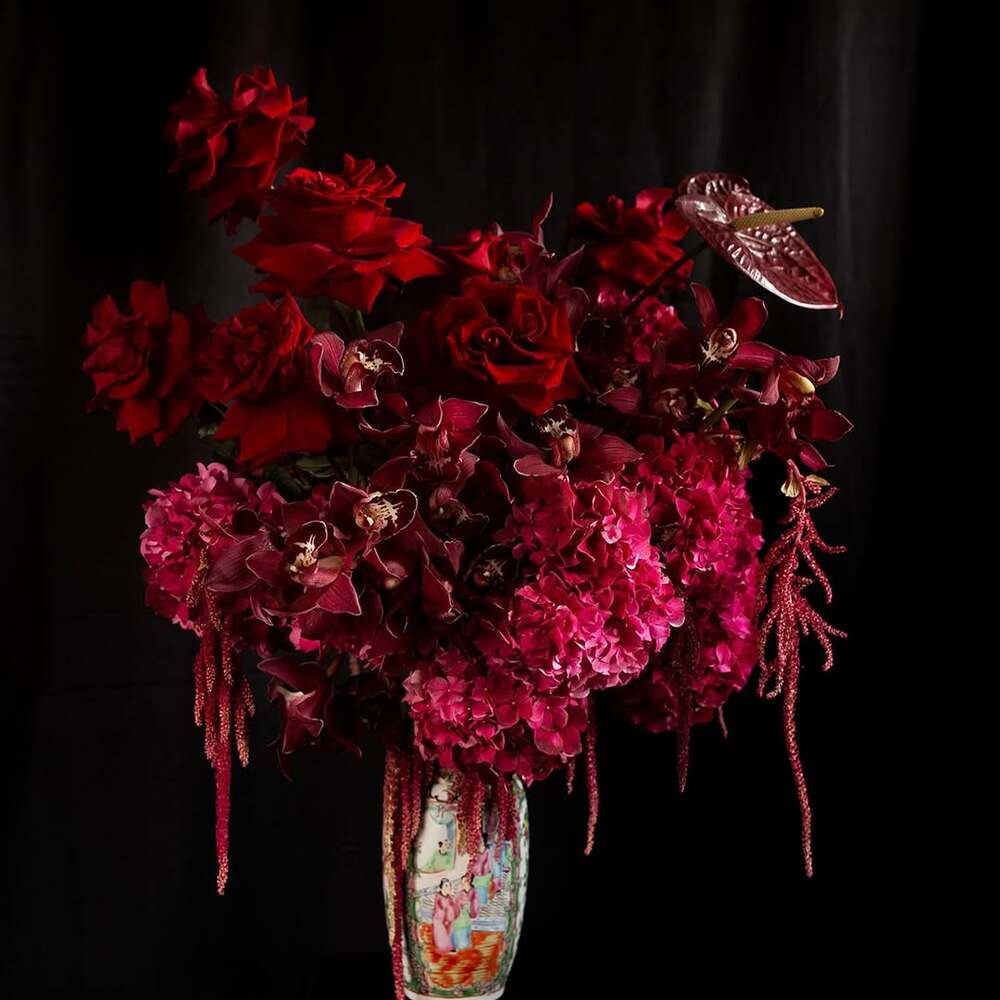
Telling the Story Behind the Blooms
Behind every flower is a story worth sharing, where it was grown, who nurtured it, and what inspired its design or selection. Including these details transforms a catalog from a list of products into a narrative of creativity and care.
Readers connect more deeply when they understand the passion and work behind the blooms. A short paragraph about growing practices or seasonal challenges adds human warmth that resonates long after the pages are closed.
Storytelling also builds identity. Whether it’s the evolution of a particular flower variety or the artistry behind a bouquet style, these insights differentiate one collection from another.
Personal touches such as quotes, captions, or poetic descriptions bring out the emotional side of floriculture. People don’t just buy flowers; they buy meaning, mood, and story. When print tells those stories well, it turns a catalog into an experience that lingers in memory like the fragrance of a favorite bloom.
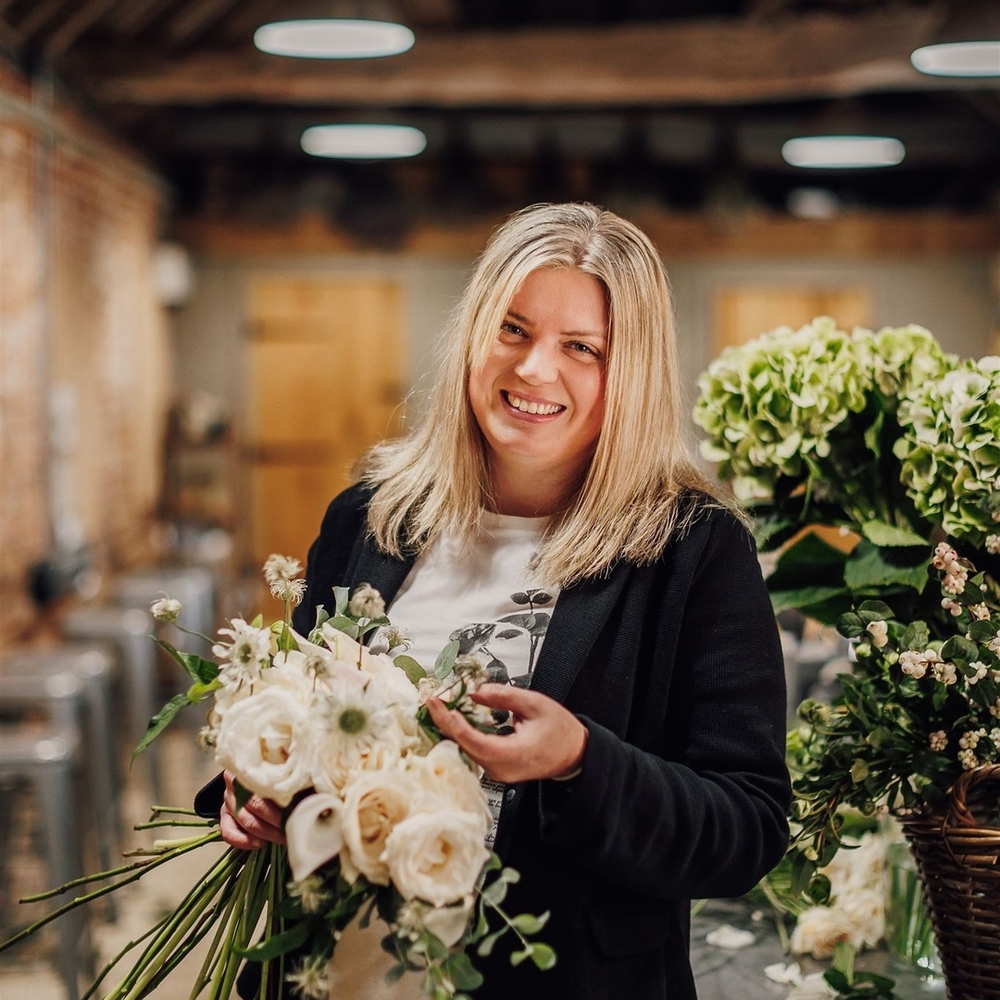
Printing Beautifully and Responsibly
Sustainability in print design is no longer a niche idea; it’s becoming a standard expectation. Using recycled paper, plant-based inks, or sustainably sourced materials to print your catalogs shows that beauty and responsibility can coexist.
The choice of paper texture or finish can still feel luxurious without harming the planet. Many modern printers now offer eco-certified options that balance aesthetic appeal with environmental mindfulness, and that’s an ideal pairing for an industry rooted in nature.
Beyond materials, how the catalog communicates its sustainability also matters. A small note explaining the eco-friendly printing process or a simple icon indicating responsible sourcing adds quite credibility.
It tells readers that the same care shown in growing flowers extends to how they’re presented. Thoughtful design can serve both artistry and ethics, proving that sustainability enhances, rather than limits, creativity in floriculture marketing.
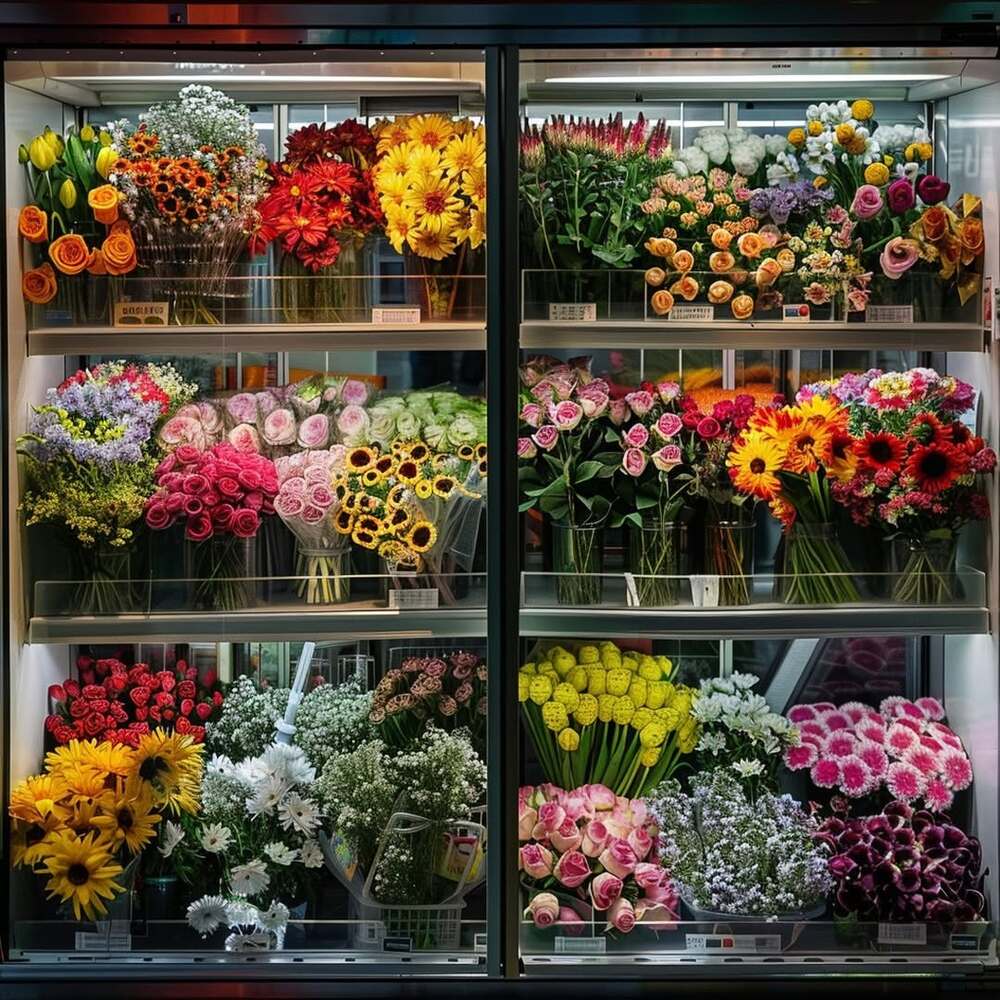
Print vs. Digital: The Best of Both Worlds
Today’s most engaging catalogs blur the line between print and digital. A simple QR code can turn a page into an interactive portal, leading readers to behind-the-scenes videos, time-lapse blooms, or care tutorials.
These bridges extend the experience beyond the catalog itself, inviting readers to explore further and stay connected. It’s an elegant way to make print measurable, too, allowing businesses to see what content or collections generate the most interest.
When used thoughtfully, digital integration enhances print rather than replacing it. Imagine a reader flipping through a catalog, scanning a code, and instantly watching a flower open in real time.
That moment transforms a static image into a living experience, blending technology with nature’s rhythm. For floriculture businesses, this combination of tangible beauty and interactive engagement captures the best of both worlds: the permanence of print and the reach of the digital age.
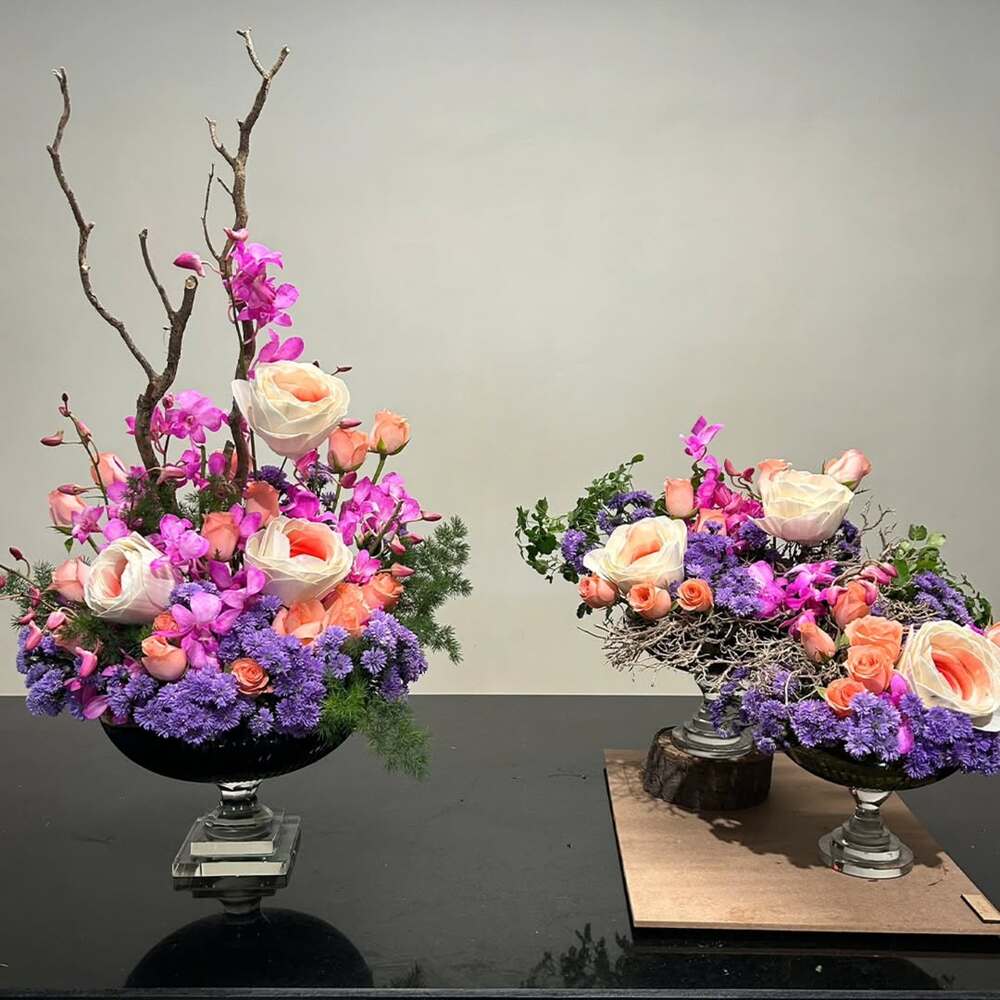
What Makes a Catalog Memorable
What makes a catalog memorable isn’t just the flowers it shows, but how it makes people feel while turning each page. When photography, design, and storytelling come together, print becomes more than paper, it becomes an experience that celebrates craftsmanship, creativity, and care.
Sustainable choices, thoughtful layouts, and authentic narratives can turn even a simple catalog into a lasting impression. In the end, the most powerful printed pieces don’t just display beauty, they preserve it, allowing each bloom’s story to live far beyond the greenhouse.

